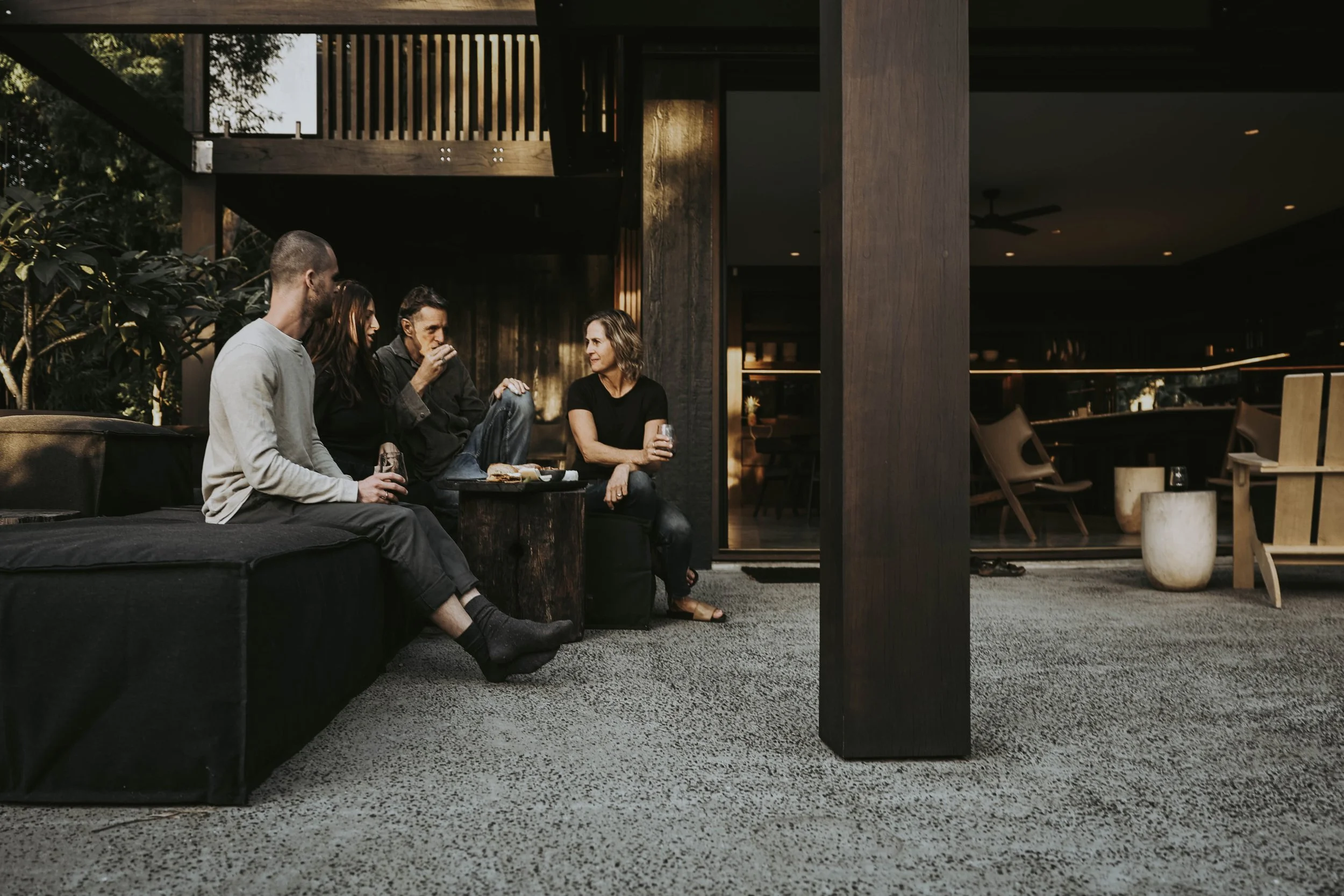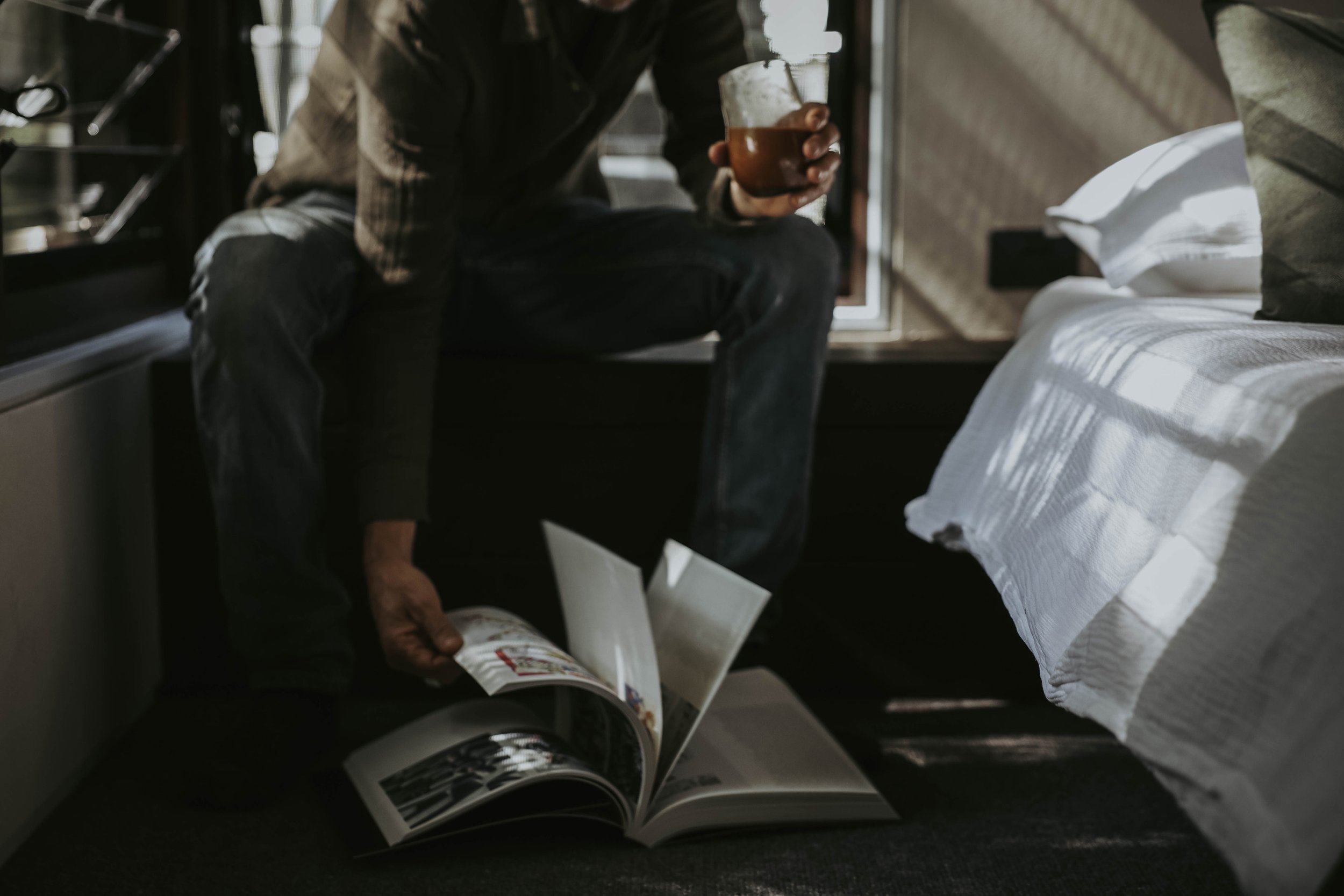PHILOSOPHY
Written by Frank Macchia [Principal Designer]
I am deeply interested in exploring the next phase of how we live - in our homes, in our communities and on our planet.
My design journey has moved through several overlapping cultural movements. I began with renovations of traditional character homes in Melbourne’s eastern suburbs, then evolved into the Modernist mindset with its mantra of “less is more.” Later, I embraced the playful, no-rules deconstructionism of Postmodernism, with its counter-cry of “less is a bore.”
But at the beginning of this century, I’ve been asking: what comes next? What follows Postmodernism?
I believe we are entering a Meta-Modern, or Integral, way of seeing the world. If so, what does this mean for the spaces we inhabit? My intuition is that homes and buildings will now be judged less by how they look, and more by how they make us feel.
For all its innovations, Postmodernism carried one less useful side effect: it stripped out essence - the intangible, immeasurable, metaphysical qualities of life. My highest aim is to create homes that restore this essence. Spaces that encourage contemplation, meditation, and reflection. Homes that help us ask the “big questions,” deepen our ability to feel, and inspire us to grow into better, more fulfilled human beings.
To achieve this, I design homes that embrace paradox. They must be:
Humble and beautiful
A private retreat and a place to connect and entertain
Cave-like and yet open to the outside world
Raw and natural while also embracing appropriate innovation
Simple yet full of character
Uncluttered yet warm
Comfortable yet capable of taking us beyond our comfort zones
Above all, our homes must now become places of growth - not only physically nourishing our bodies, but also expanding our hearts, minds, and spirits.




